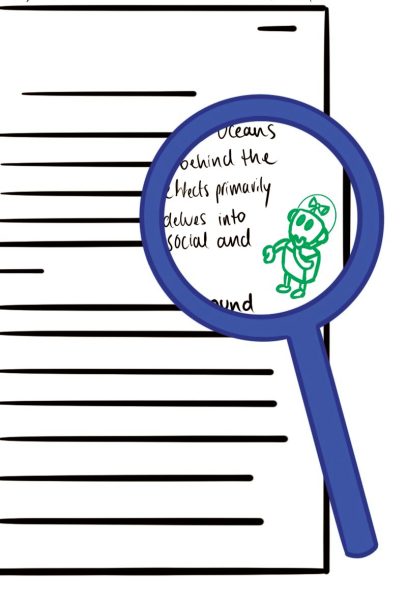In My Opinion: Gravity waves are the newest cosmic messenger
April 16, 2016
While the canopy of stars have been our constant companion for thousands of years, lately it has perhaps become a bit more elusive, especially if you are living in a big city like New Orleans. Perhaps because of it, on a clear night while walking on a beach or paddling across a lake on a mountain, the glorious inspiration of the heavens impacts us even more with questions about our existence, and other seemingly impossible mysteries of the cosmos.
What I find fascinating, though, is how nature seems to have left us with just the clues and means needed to learn about its secrets, a little bit at a time. Isn’t it astounding that dinosaur fossils have been preserved for hundreds of millions of years only for us to be able to find them and discover the amazing evolution of life on earth? Asteroids and comets reveal the violent events that lead us to the birth of our solar system; they were left as debris for us to find and analyze. And, the most remarkable of all, the existence of light that can travel for millions and billions of years, revealing the stars in our Milky Way galaxy. Now, with the help of telescopes, whole other galaxies far beyond.
Most importantly, since Ole Roemer measured the speed of light in 1676, it has been known that nature doesn’t allow light to travel instantly; it travels very fast, but it does take time. Incredibly, this means we can literally look back in time, the more distant objects we look at, the further back in time we go. Indeed, with the help of the Hubble space telescope we can literally look at stars as they explode — sorry, as they exploded 13 billion years ago.
Light, or electromagnetic waves, has not only been the cornerstone of modern communication, but it has also been the messenger we relied upon to learn about our cosmos. However, light can only take us as far back as when the first stable atoms — hydrogen — were formed, about four hundred thousand years after the Big Bang. Before that, the universe was under a dense fog of electron gas which light couldn’t penetrate. So, is that the limit of our vision? Will we ever see how the universe was when it was, say, a nanosecond old?
What makes light such a perfect messenger? Of course they are fast, but more importantly they are always equally fast unlike other particles whose speed can vary. This means that light emitted from a region in space at a given point in time will all reach us at the same time, thereby enabling us to reconstruct a highly accurate picture of the region as it was in the past.
Albert Einstein showed that this is a consequence of the fact that electromagnetic waves, or waves of light, travel at the cosmic speed limit, which incidentally also makes them immune from spontaneously decaying into other forms of matter or energy.
So, are there other cosmic messengers that can attain the cosmic speed limit?
In 1915, Einstein revealed to us that the force of gravity can be encoded in the geometry of space and time. Not only can the space be curved but the geometry can change in time, and indeed oscillate, just like the surface of a lake does when a disturbance is created by a stone thrown on the lake. And, just like the waves on the lake, these oscillations can also travel as waves — gravitational waves — potentially all the way to infinity, and indeed with light-speed! Physicists have been vying to detect them for over half a century.
The challenge was constructing equipment that could detect minute variations in distance
measurements as gravitational waves passed us by. By the way, the gravitational “disturbance” has to be more like a clash of the Titans, two black holes battling for supremacy eventually merging together. That’s what the LIGO gravity wave detector just managed to pick up, finally!
By this time, Einstein’s theory of gravity has been tested and verified so many numbers of times that one more confirmation, albeit novel and reassuring, is honestly not terribly exciting.
So, why the hype? Well, we now know we have a new cosmic messenger that can potentially take us to one trillionth of a trillionth of a trillionth of a second after the big bang, way closer to understanding the mysteries of the black holes, and indeed what lies beyond Einstein’s theory of gravity.

















